Is it really possible to improve operations by integrating ChatGPT?
In today’s fast-paced world, businesses are constantly seeking innovative ways to optimize their operations and enhance customer experiences. One technology that has gained significant attention is ChatGPT, a powerful language model developed by OpenAI. By integrating ChatGPT into various aspects of operations, companies can unlock a range of benefits, from improving customer support to streamlining internal processes. In this blog post, we will explore the possibilities and discuss the key points to consider when integrating ChatGPT into operations.
Benefits of using ChatGPT in Operations
-
Enhancing Customer Support:
Customer support is one of the primary areas where integrating ChatGPT can have a significant impact. Traditional support channels are frequently hindered by lengthy response times, limited availability, and inconsistent responses. By integrating ChatGPT into chatbots or virtual assistants, businesses can provide instant, 24/7 support, allowing customers to receive timely assistance and responses to their questions.
-
Customized Client Interactions:
The ability of ChatGPT to understand and generate human-like responses can be used to personalize customer interactions. ChatGPT can provide a more personalized experience by analyzing customer data and preferences. Companies that go to this level of customization have found that it leads to increased customer loyalty.
-
Automating Routine Tasks:
By incorporating ChatGPT into business processes, routine tasks can be streamlined and automated, giving employees more time for creative problem-solving and strategic planning. ChatGPT can automate tasks like answering frequently asked questions, entering data, scheduling appointments, and keeping tabs on orders. Automating these processes allows businesses to save time, cut down on mistakes, and make better use of their resources.
-
Efficient Knowledge Management:
Knowledge is dispersed across departments and employees in many organizations. Capturing and utilizing this knowledge effectively can be a daunting task. ChatGPT can serve as a centralized knowledge repository, answering a variety of questions and providing accurate information. Businesses can ensure consistent and easily accessible information for employees and customers alike by integrating ChatGPT into knowledge management systems.
In today’s global marketplace, catering to customers from diverse linguistic backgrounds is crucial. Integrating ChatGPT enables businesses to provide multilingual support without the need for dedicated language-specific teams. By training ChatGPT on multiple languages, companies can offer seamless communication and support in different languages, expanding their reach and better serving their international customer base.
-
Continuous Learning and Improvement:
ChatGPT’s ability to learn and improve over time is one of its most impressive features. By leveraging user feedback and monitoring interactions, businesses can continually refine and train ChatGPT to provide more accurate and relevant responses. This iterative learning process ensures that the system becomes increasingly effective, delivering better outcomes and higher customer satisfaction.
While the integration of ChatGPT offers significant benefits, it is important to address potential ethical considerations. As a language model, ChatGPT relies on the data it is trained on, which may contain biases or inaccuracies. Businesses must actively monitor and mitigate any biases in the system to ensure fair and inclusive interactions. Additionally, clear guidelines and safeguards should be in place to prevent malicious usage or the dissemination of misinformation.
Process to integrate ChatGPT in Operations:
Integrating ChatGPT in operations requires careful planning and implementation. Here are the key steps to consider when integrating ChatGPT into your operations:
Step 1. Identify Use Cases
Begin by identifying the specific areas in your operations where integrating ChatGPT can bring value. This could include customer service, virtual assistants, knowledge management systems, or task automation. Also, prioritize the use cases based on their potential impact and feasibility.
Step 2. Data Collection and Preparation
ChatGPT requires training data in order to learn. Gather relevant data from customer interactions, support tickets, knowledge bases, and other sources. Clean and preprocess the data, ensuring it is anonymized and stripped of any sensitive information.
Step 3. Model Training
Train the ChatGPT model using the prepared data. This involves using techniques like supervised learning, reinforcement learning, or a combination of both. Fine-tune the model based on your specific use cases and objectives to improve its performance.
Step 4. Infrastructure and Integration
Set up the necessary infrastructure to deploy and integrate ChatGPT into your operations. This may involve cloud-based platforms, API integrations, or custom software development. Ensure scalability and performance to handle the expected volume of interactions.
Step 5. User Interface Design
Create an easy-to-use user interface for interacting with ChatGPT. This could be an application programming interface (API) for internal systems or a chatbot interface on your website. Focus on creating a seamless and user-friendly experience for both customers and employees.
Step 6. Testing and Validation: Thoroughly test the integrated ChatGPT system to ensure it meets the desired functionality and performance standards. Conduct extensive quality assurance testing, evaluate the accuracy of responses, and gather user feedback to make necessary improvements.
Step 7. Monitoring and Iterative Improvement: Continuously monitor the performance of ChatGPT in real-world scenarios. Monitor user interactions, track customer satisfaction metrics, and analyze feedback to identify areas of improvement. Use this feedback loop to refine the model, update training data, and enhance the system’s accuracy and effectiveness.
Step 8. Ethical Considerations: Pay close attention to ethical considerations. Regularly audit the system for biases, evaluate fairness in responses, and ensure compliance with privacy regulations. Implement mechanisms to handle sensitive information securely and establish guidelines for responsible use of the technology.
Step 9. User Training and Support: Train your support team and employees on how to effectively use and leverage ChatGPT in their respective roles. Provide documentation, guidelines, and resources to ensure a smooth adoption and encourage optimal utilization of the system.
Step 10. Continuous Evaluation: Regularly evaluate the impact of integrating ChatGPT into your operations. Assess key performance indicators such as response time, customer satisfaction, cost savings, and operational efficiency. Use these insights to make informed decisions, drive further improvements, and explore additional use cases.
Final Thoughts
By following these steps, you can successfully integrate ChatGPT into your operations and unlock its potential to enhance customer experiences, streamline processes, and drive operational efficiency. Businesses can use ChatGPT to aid customers on a more individual level, automate mundane tasks, improve knowledge management, and expand their service offerings to include multiple languages. However, integration must be approached with caution due to ethical implications, and the system must be constantly monitored and refined to produce the best results. Embracing the potential of ChatGPT can truly revolutionize operations and pave the way for a more efficient and customer-centric future.
The post Understand the Strength of Integrating ChatGPT into Operations appeared first on .
Tags:
- Chatgpt
- benefits of chatgpt
- chatbot gpt
- chatgpt for operations
- Chatgtp
- language model

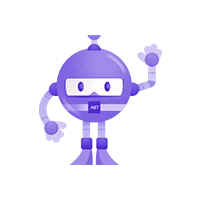 .NET MAUI Development
.NET MAUI Development
 Xamarin Application Development
Xamarin Application Development
 React Native App Development
React Native App Development
 iOS Application Development
iOS Application Development
 Android Application Development
Android Application Development
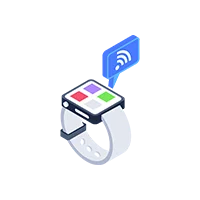 Android Wear App Development
Android Wear App Development
 Ionic Development
Ionic Development
 iBeacon Application Development
iBeacon Application Development
 Universal Windows Platform (UWP)
Universal Windows Platform (UWP)
 Kotlin Application Development
Kotlin Application Development
 Swift Application Development
Swift Application Development
 Flutter Application Development
Flutter Application Development
 PWA Application Development
PWA Application Development
 Offshore Software Development
Offshore Software Development
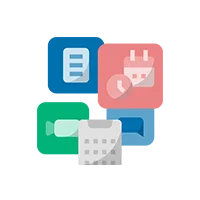 Custom Application Development
Custom Application Development
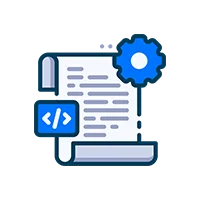 Front-End Development
Front-End Development
 Full Stack Development
Full Stack Development
 AI & Machine Learning
AI & Machine Learning
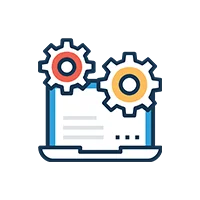 Custom CRM Solutions
Custom CRM Solutions
 Flask Software Development
Flask Software Development
 Electron JS Development
Electron JS Development
 ChatGPT Development
ChatGPT Development
Telemedicine App Development
Build Smart Telemedicine Platform
Beauty & Salon App Solutions
Hire Workato Experts
Workato Consulting & Support
 .NET Application Development
.NET Application Development
 .NET Nuke Development
.NET Nuke Development
 Microsoft Dynamics CRM
Microsoft Dynamics CRM
 Microsoft Small Business Solution
Microsoft Small Business Solution
 VB .NET Development
VB .NET Development
 C# Development
C# Development
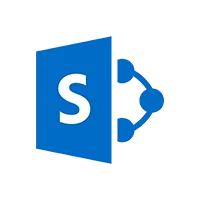 Sharepoint Migration
Sharepoint Migration
 Sharepoint Development
Sharepoint Development
 ASP.NET Core Development
ASP.NET Core Development
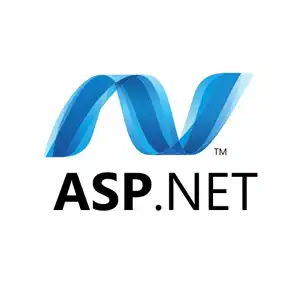 ASP.NET Development
ASP.NET Development
 ASP.NET MVC Development
ASP.NET MVC Development
 Kentico CMS
Kentico CMS
 Umbraco CMS
Umbraco CMS
 AJAX Development
AJAX Development
 Agile Development
Agile Development
 Microsoft Bot
Microsoft Bot
 Microsoft Blazor
Microsoft Blazor
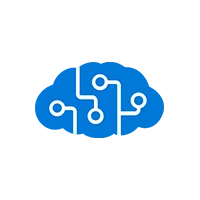 Microsoft Azure Cognitive
Microsoft Azure Cognitive

 Mean Stack Development
Mean Stack Development
 Vue JS Development
Vue JS Development
 Javascript Development
Javascript Development
 Angular JS Development
Angular JS Development
 Next JS development
Next JS development
 Java Development
Java Development
 Python Development
Python Development
 Django Development
Django Development
 Cherrypy Development
Cherrypy Development
 NodeJS Development
NodeJS Development
 Laravel Development
Laravel Development
 CodeIgniter Development
CodeIgniter Development
 Zend Development
Zend Development
 Ruby on Rails Development
Ruby on Rails Development
 CakePHP Development
CakePHP Development
 PHP Website Development
PHP Website Development
 Symfony Development
Symfony Development
 Drupal Development
Drupal Development
 Joomla Development
Joomla Development
 Wordpress Development
Wordpress Development
 Magento Development
Magento Development
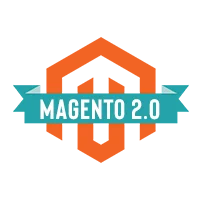 Magento 2.0 Development
Magento 2.0 Development
 Magento Enterprise
Magento Enterprise
 Shopping Cart Development
Shopping Cart Development
 Prestashop Development
Prestashop Development
 Shopify Development
Shopify Development
 Open Cart Development
Open Cart Development
 WooCommerce Development
WooCommerce Development
 BigCommerce Development
BigCommerce Development
 NopCommerce Development
NopCommerce Development
 Virto Commerce Development
Virto Commerce Development
 AspDotNetStorefront Development
AspDotNetStorefront Development
 RaspBerry Pi
RaspBerry Pi
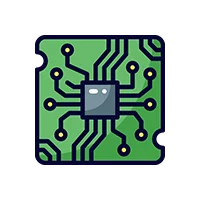 Firmware Software Development
Firmware Software Development
 ESP 32 Software Development
ESP 32 Software Development
 Embedded Development
Embedded Development
 Internet of Things
Internet of Things
 Nordic Development
Nordic Development
 HTML 5
HTML 5
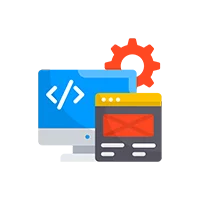 UI/UX Design
UI/UX Design
 Graphic Design
Graphic Design
 Adobe Photoshop
Adobe Photoshop
 XML Application Development
XML Application Development
 Cloud Computing Solutions
Cloud Computing Solutions
 Azure Cloud App Development
Azure Cloud App Development
 AWS Development
AWS Development
 Google Cloud Development
Google Cloud Development
 SQL Programming Development
SQL Programming Development
 MySQL Development
MySQL Development
 MongoDB Development
MongoDB Development
 Big Data
Big Data
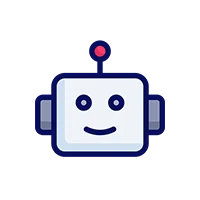 Robotic Process Automation
Robotic Process Automation
 Social Media Marketing
Social Media Marketing
 Search Engine Optimization
Search Engine Optimization
 QA Testing
QA Testing
 Software Testing
Software Testing
 Software Security
Software Security
 Maintenance And Support
Maintenance And Support
 I.T. Consulting Services
I.T. Consulting Services
 Business Intelligence
Business Intelligence
 YII Development
YII Development
 Data Analysis
Data Analysis
 Alexa Skills Development
Alexa Skills Development
 On Demand App for Mobile repairing services
On Demand App for Mobile repairing services
 On Demand App for Car Service Booking
On Demand App for Car Service Booking
 On Demand App for Cleaning Services
On Demand App for Cleaning Services
 On Demand App for Pharmacy
On Demand App for Pharmacy
 On Demand Dedicated Developers
On Demand Dedicated Developers

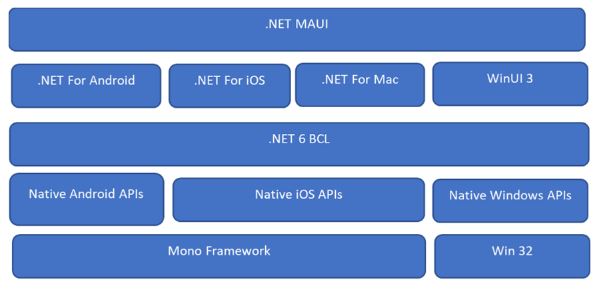





Leave a Reply